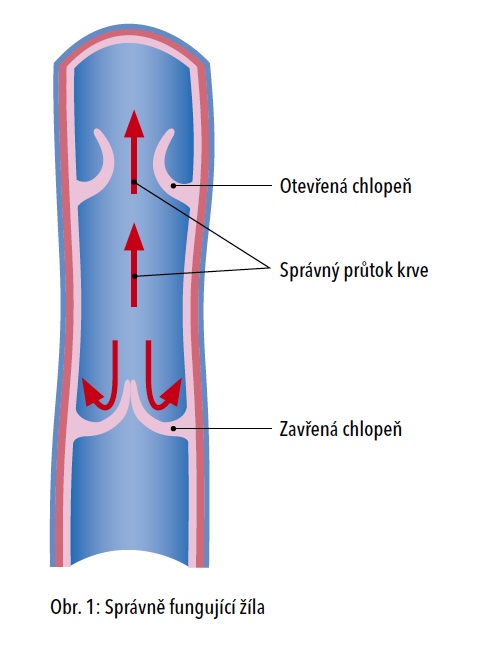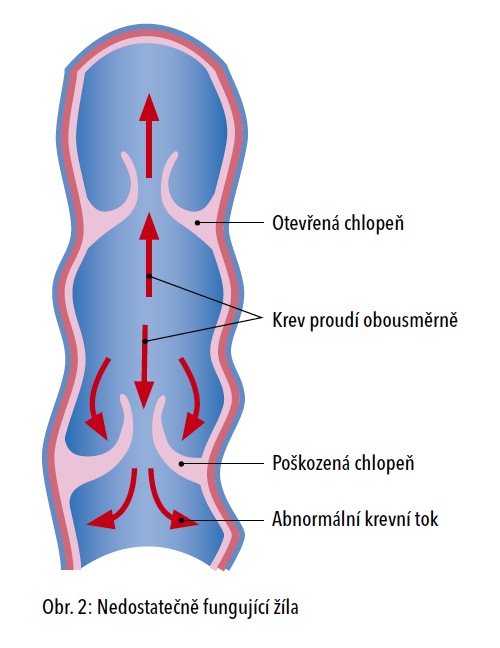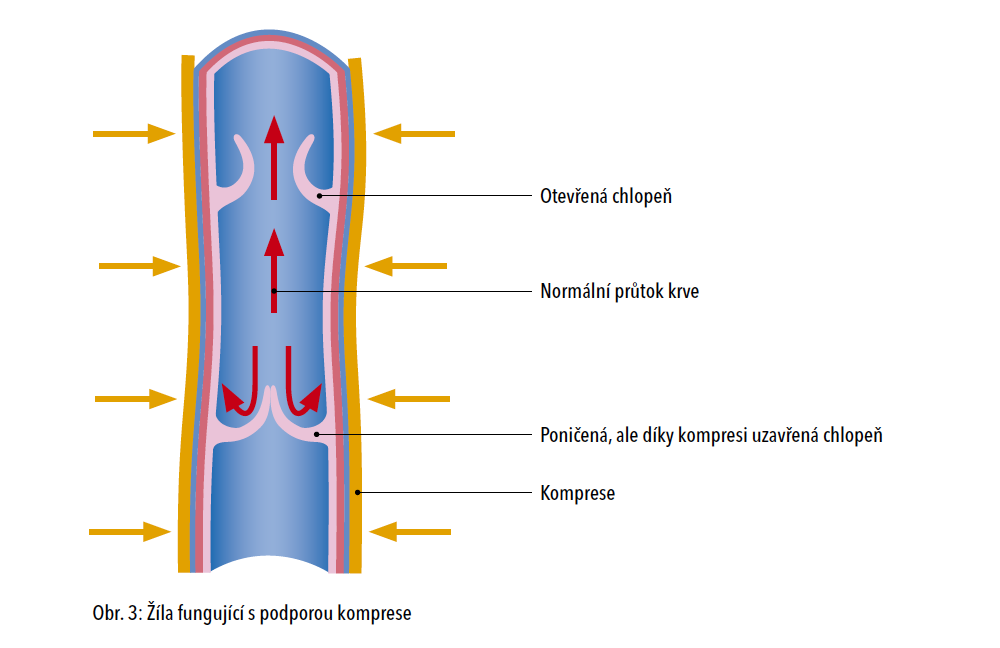Text Mag. Med. Vet. Ines Králová
In the previous article, we introduced the reader to the anatomy and physiology of the lymphatic system. Today we will introduce techniques that can be used to influence the flow of sap and how to get the swelling of the horse's lower limbs under control.
Manual lymphatic massage
It is a special manual technique that is focused on the superficial lymphatic system. The difference between classic massage and manual lymphatic drainage is mainly in the pressure exerted on individual tissues. During lymphatic drainage, the therapist tries to influence the skin and subcutaneous tissue, while in classic massages the muscles are mainly affected.
Even in complete rest, sap is formed in the subcutaneous tissue, which is then carried away by the sap transport system into the body. During active movement, the formation of sap in the subcutaneous tissue increases and thus the transport capacity of the lymphatic system increases. Special lymphatic touches also influence the active drainage of sap from the subcutaneous tissue.
Lymph drainage has a very calming effect on the horse's overall nervous system, with the correct use of touch, the horse is generally calmed down, sleepy and relaxed. The massage has a very good relaxing effect on the striated muscles (skeletal muscles), so it is very important to perform all touches slowly and monotonously.
Smooth muscle also responds very well to lymphatic drainage. It reacts to light stretching with increased contractility (contraction).

It affects the immune system mainly because after the increase in sap production and increased drainage, polluted sap reaches the lymph nodes faster, where it is cleaned and sent back clean to the bloodstream.
There are also a number of contraindications for manual lymphatic massage. When should lymphatic drainage not be performed? These are, for example, acute bacterial infections (acute edema, hoof abscess, high temperature of unknown origin), heart insufficiency (there is a risk of acute pulmonary edema, acute thrombosis), risk of embolism, and finally, malignant tumors.
Lymphatic drainage should not be performed immediately after vaccination or after deworming, with various skin changes and with chronic disease - there is a risk of reactivation of the chronic problem.
Execution
All touches of the drainage must be performed with a very soft and gentle movement, too much pressure should not be applied to the subcutaneous tissue, the vessels are small and fragile, so as not to overwhelm them or even burst.
Touches are performed with a monotonous movement that is repeated several times in a row. For touch, we distinguish between the so-called zero phase and the sliding phase. During the zero phase, the hands are relaxed and do not press, they only maintain contact with the skin, during the sliding phase, pressure is applied to the skin and subcutaneous tissue, when the therapist's hand actively massages the lymphatic veins.
The therapist uses both hands and the entire surface of their palm to perform touches. During the massage, circular, pumping, over-pumping touches are used. Each massage should be followed by a period of at least twenty minutes of rest, the horse must be covered with a blanket and allowed to rest calmly in the box.
Compression therapy
Another, less time-consuming way to influence the lymphatic system and its functioning is the use of compression therapy.
We all certainly perceive how the human population is currently more and more often affected by diseases of the blood circulation, where the lower limbs are the most common, we are all familiar with varicose veins and inflammation of the veins.
The development of venous insufficiency begins with impaired or poor function of the venous valves, which may lose their elasticity over time. The main function of the venous valves is to retain the blood in the vein so that it does not sink downwards, on the contrary, to help it move upwards to the heart, where it is oxygenated (pic. 1). The consequence of their impaired functionality is, in the beginning, the formation of swelling, and if there is no compression - volume reduction, the vein is irreversibly damaged and varicose veins appear (pic. 2). If there is external compression using compression stockings or knee socks, its functionality will improve (pic. 3).


The effect of graduated compressive pressure results not only in the support of the venous valves, but also in the accelerated flow of blood and lymph in the limb. This means that in the same period of time, a better blood supply to the limb, a greater supply of oxygenated blood and, above all, a faster outflow of waste substances and metabolic lactates, which are created by muscle activity, out of the body, are achieved. With a faster outflow of these waste substances, a better regeneration, a reduction in fatigue, a feeling of tension, and also less pain happen to be secondary effects. Correctly chosen compression therapy also serves as a prevention of lymphatic swelling as a result of illness or injury.
We can actively perform compression ourselves as part of daily horse care using supportive aids such as elastic bandages, compression sleeves or belts, compression bandages.
Compression therapy can be very effective in treating many animal ailments including swelling, arthritis, sports injuries. It can minimize the risks of further damage to the affected limb and speed up its healing process. This is very useful if we are treating injured joints, muscles and tendons that are generally very sensitive to movement.



